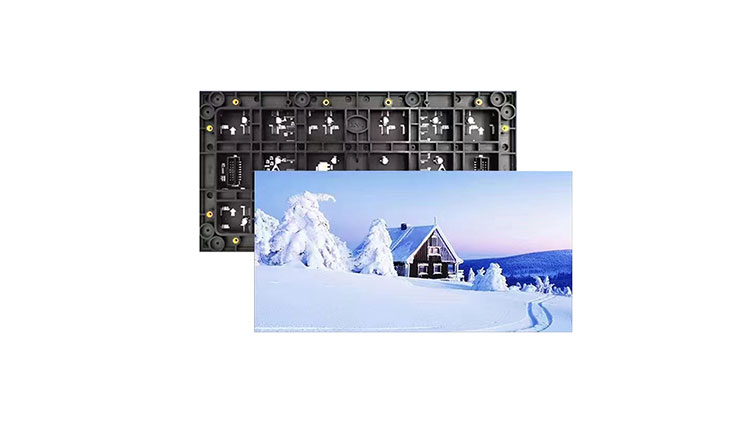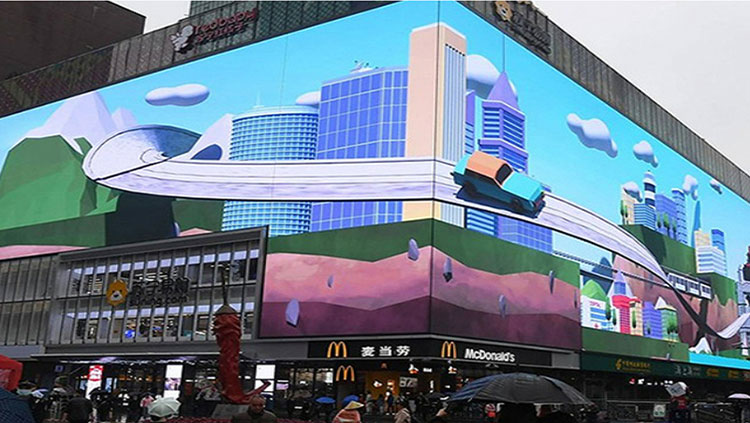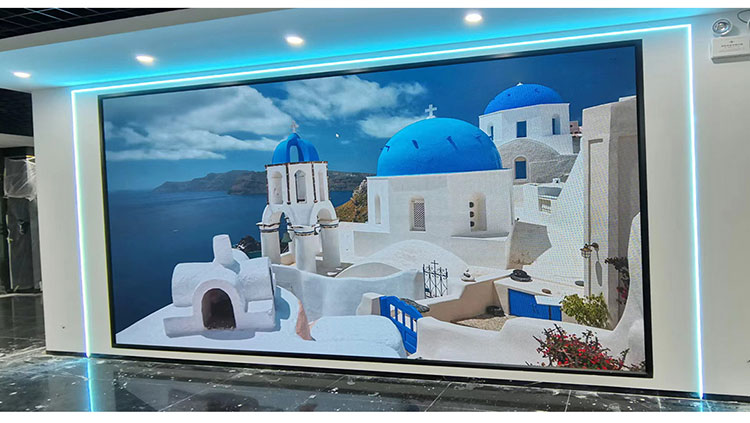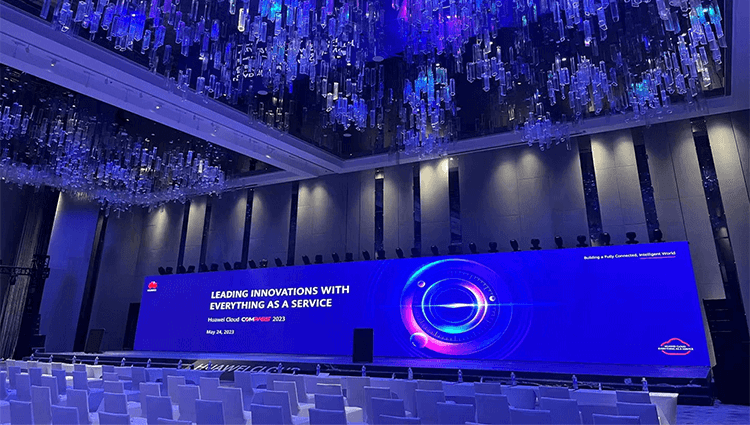Moisture resistance of LED screens
Views: 0
Publish Time: 2023-10-08 17:20:22
Moisture resistance of LED screens
If the weather is humid and the water vapor that penetrates everywhere stays on the LED display screen, it can cause problems such as dead lights, dim lights, short circuits, open circuits, and damage to the lamp body, leading to performance failures! For LED display screens, moisture can affect the normal operation of the circuit board, leading to short circuits and damaging the functionality and lifespan of the display screen.
LED module (unit board) moisture-proof method
1. LED modules need to be dry and ventilated. When storing, use pallets or other objects to raise them and do not directly come into contact with the ground.
2. Install a temperature and humidity monitor in the storage environment, with the humidity controlled below 60% RH. The LED module indicates that it is very comfortable.
3. When storing the unsealed LED module (unit board), it is necessary to repackage it and place it in an appropriate desiccant.
4. If the storage time of the LED module exceeds 1 month, the module should undergo 6 hours of gradually increasing brightness aging before use: set the full brightness to 10%/1H, set the full brightness to 30%/1H, set the full brightness to 60%/2H, set the full brightness to 80%/1H, and set the full brightness to 100%/1H. After completing 6 hours of aging, it can be used for full screen assembly.

Moisture-proof methods for outdoor LED display screens
1. Install a temperature and humidity monitor at the installation site of outdoor LED display screens to timely monitor the humidity around the screen body;
2. On the first rainy day or after heavy rain after the installation of the screen, it is necessary to promptly check whether there are any dampness, water droplets, moisture or other phenomena inside;
3. Open the screen at least once a day at an ambient humidity of 10% to 85% RH, and ensure that the display screen operates normally for at least 2 hours each time;
4. If the ambient humidity is higher than 90% RH or if encountering a southward day, dehumidification treatment should be carried out for the use environment of the screen body, and ensure that the display screen operates normally for more than 4 hours every day.

Moisture-proof methods for indoor LED display screens
Indoor fixed display screen moisture-proof
1. At an ambient humidity of 10% to 65% RH, the display screen should be turned on at least once a day to ensure normal operation for at least 4 hours each time;
2. If the ambient humidity is higher than 65% RH or if encountering a southward day, dehumidification treatment should be carried out for the use environment of the screen body, and ensure that the display screen operates normally for more than 8 hours every day; At night, relevant doors and windows should be closed to prevent damage to the screen due to moisture regain at night.

Indoor rental screen moisture-proof
1. After each use, it should be immediately packed into an air transport box for sealed storage;
2. Each air transfer box must contain no less than 50g of desiccant or hygroscopic bags; And regularly inspect the desiccant or moisture absorbing bag for failure, and replace it every 2 months;
3. At an ambient humidity of 10% to 65% RH, the display screen should be removed and lit every half month for at least 2 hours of operation (video playback);
4. When the ambient humidity exceeds 65% RH or when encountering southerly winds, the display screen should be removed and lit every week for at least 2 hours of operation (playing videos);
5. During the rental use of the screen, it should be avoided from getting caught in rainwater or water. If there is not much water, the water should be wiped dry in a timely manner and dried with a hair dryer. At the same time, the screen should be left for 2 hours before being turned on for operation for 2 hours;
6. It is strictly prohibited to use indoor rental screens as outdoor rental screens, especially in outdoor environments.

In short, whether indoors or outdoors, the effective way to avoid moisture damaging the function of the display screen is to use it frequently. The working display screen itself will generate some heat, which can evaporate some water vapor, greatly reducing the possibility of dead lights, dim lights, and short circuits caused by moisture. LED screen manufacturers suggest that you start and run it at least twice a week, and the lighting time should be around 2 hours. When switching on and off the LED display screen, please note: turn on the power first, then turn on the screen; Turn off the screen first, then turn it off. Therefore, the humidity impact of frequently used displays is much smaller than that of infrequently used displays.






